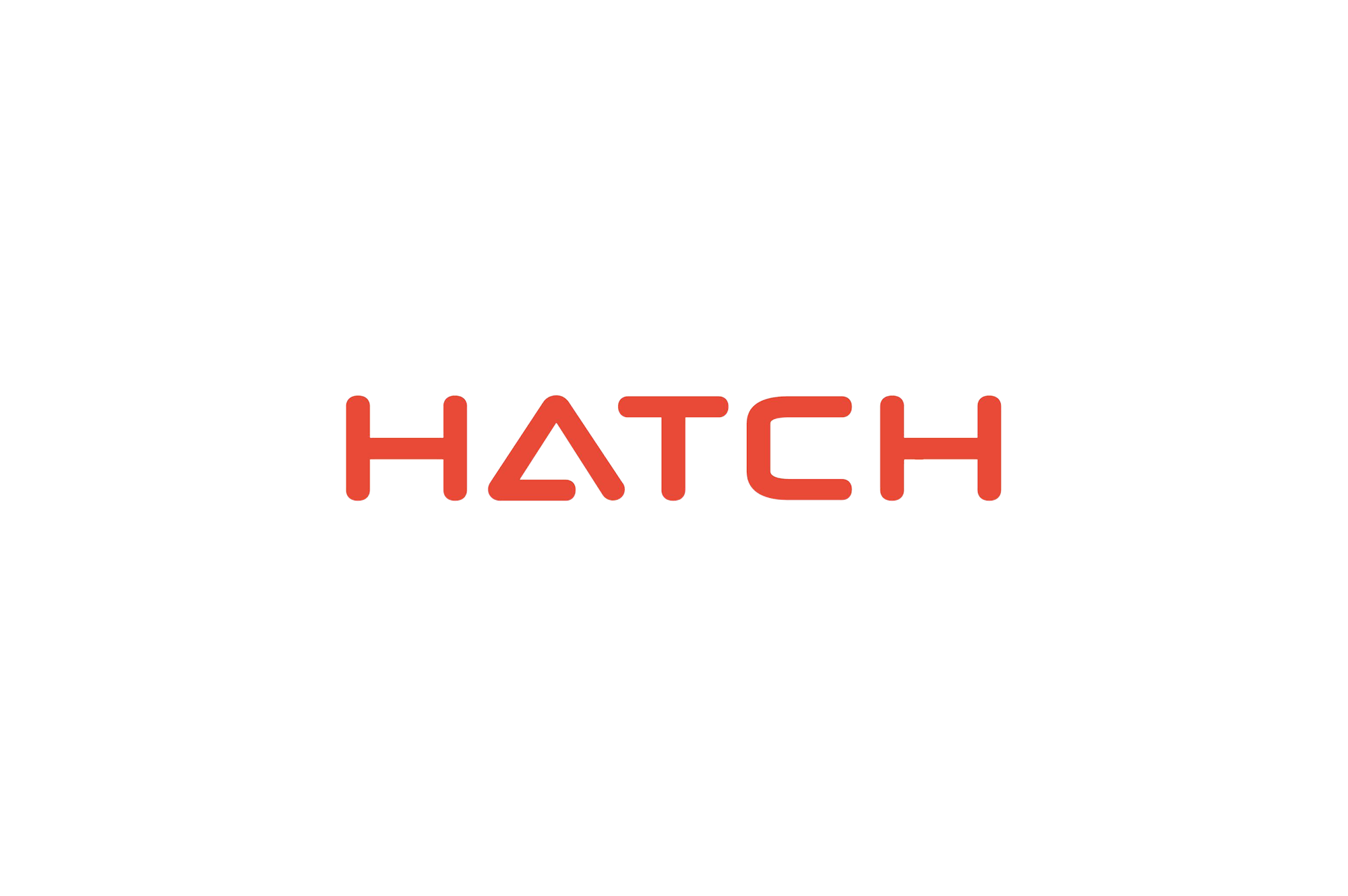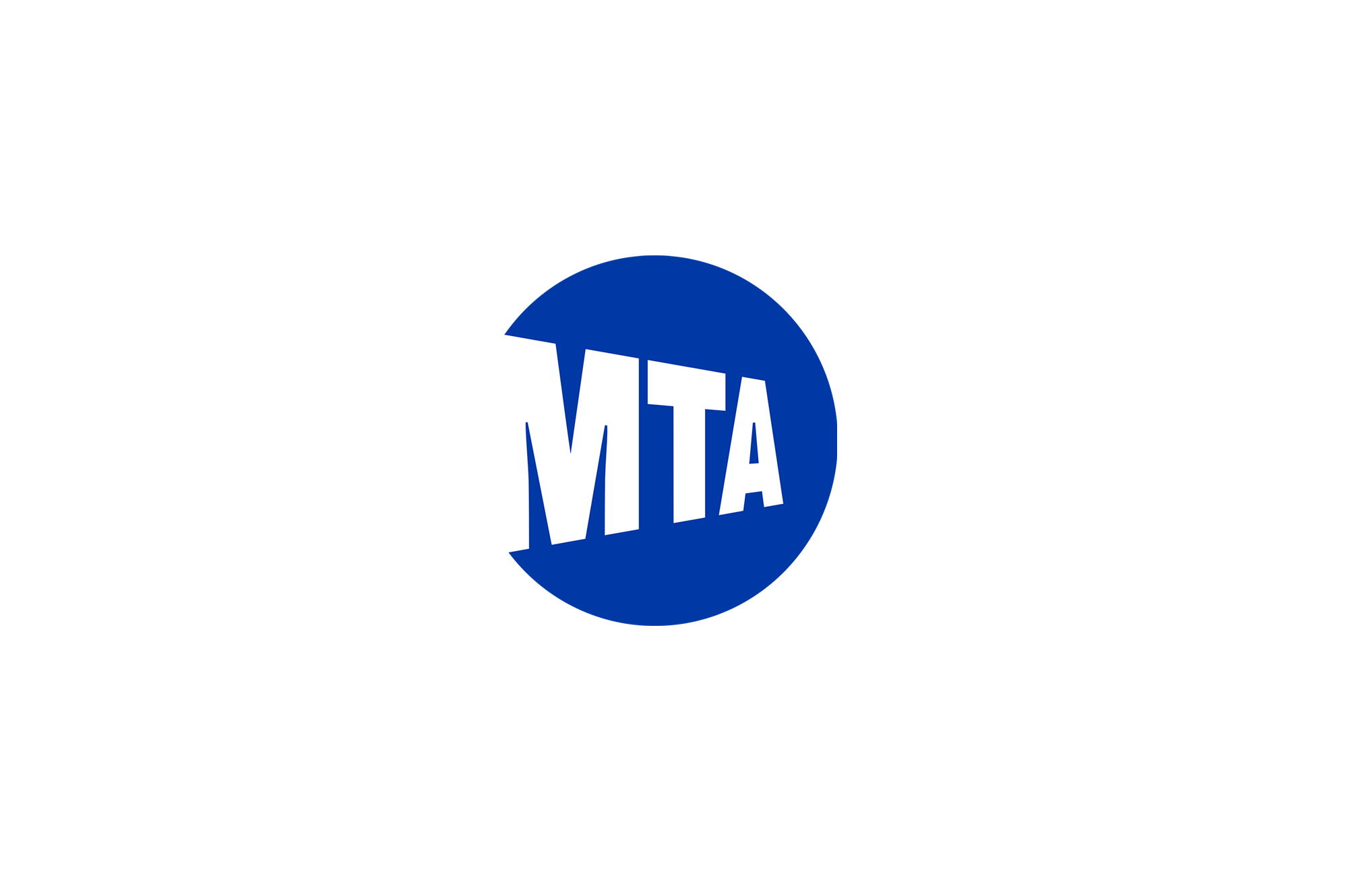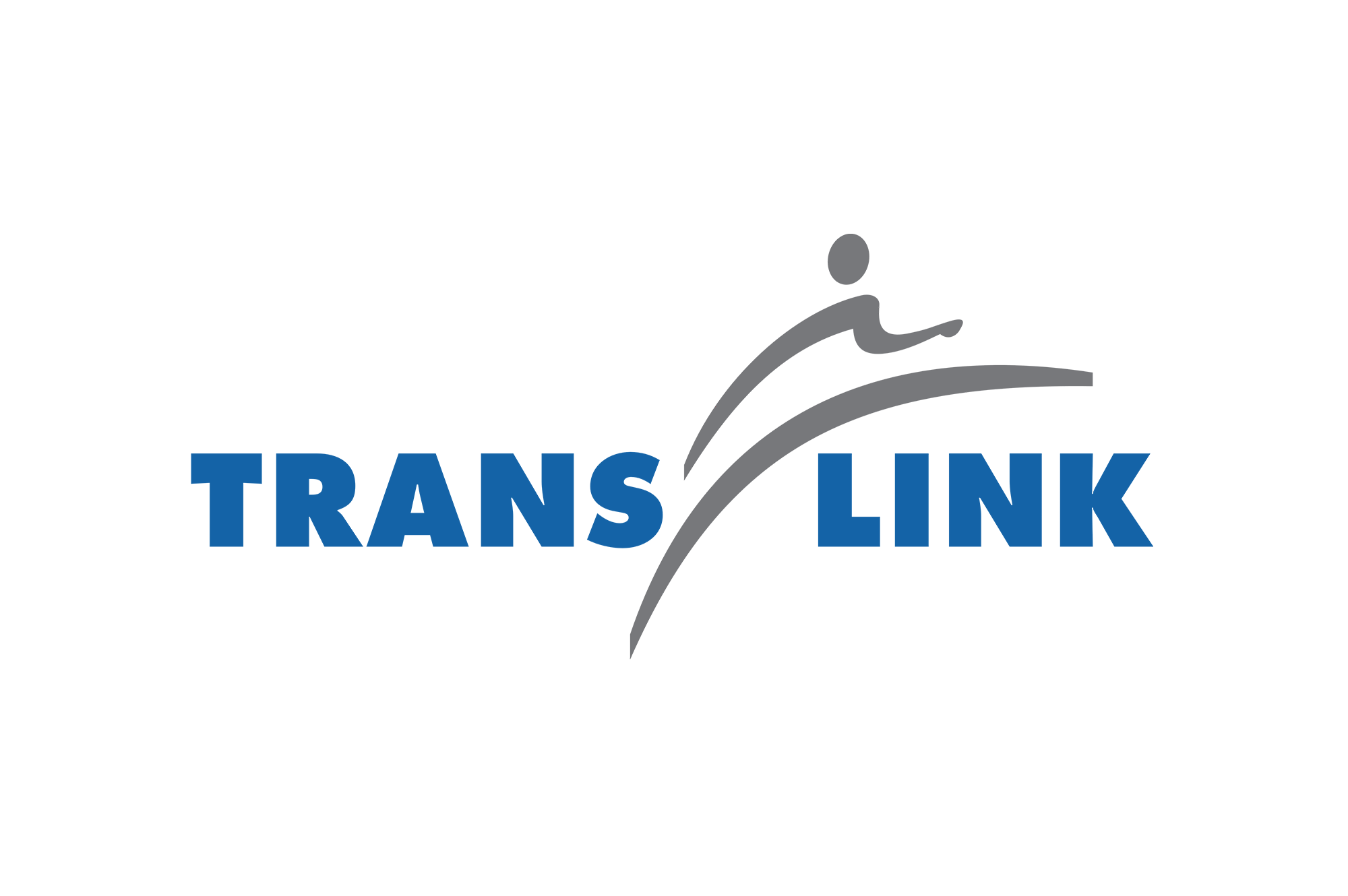BLOG
eLearning for a Global Workforce: Steps to Accounting for Cultural Values
Approach your digital knowledge solutions with cultural differences in mind and shift your work culture to one of inclusion and diversity.

Approach your digital knowledge solutions with cultural differences in mind and shift your work culture to one of inclusion and diversity.

Besides finding the best digital knowledge solution, there is a conundrum facing modern organizations. Opportunities are everywhere, but local talent is scarce, making them too expensive to hire. You might have even extended your talent search overseas, and in doing so, were able to find many brilliant team members. Thanks to high-speed broadband and mobile technologies, top talent can add value from 10,000 kilometres away.
There’s just one thing standing in the way: Your digital knowledge solutions might not consistently communicate concepts to your prospects. As a result, both parties lose out on valuable opportunities.
Fortunately, there are ways to solve this from the start by taking cultural differences into account and following some simple steps for best practices in digital knowledge solutions for language and cultural localization.
So, where do you start? First: check for any disconnects in the language you are using. For instance, some companies run their courseware material through Google Translate and call it a day. However, they fail to realize that English phrases, idioms and humour often fall flat in other languages. Communication differences do matter—even within the same language. In North America, a boot is something you wear on your foot. In England, it’s where you put your groceries in your car.
Second: cultural context matters. Misinterpreting global social norms can potentially offend your audience. For instance, if you are training a new team member from Germany, informal language is often frowned upon. By being polite yet professional and direct, you can keep them engaged.
Third: your current learning management system may be ineffective or even appropriate to the learning experience. The increasing diversification in learning platforms spans across different browsers, from Chrome to Firefox or Opera—not to mention devices, desktops, and laptops.
Keep this in mind to avoid potential, and some might argue, inevitable technical issues.
And finally, scheduling can be a serious issue. Failing to account for time zone differences might result in your recruits spending time on napping rather than learning. As you now realize, connecting geographically and culturally disparate employees is harder than it looks. However, overcoming global training obstacles is well worth the effort, as there’s strength in diversity.
Here are some steps for accounting for differences in cultural values and optimizing the quality of your training.
At its heart, your digital knowledge solution should communicate brand values. People can quickly grasp universal qualities around the world, such as teamwork, honesty, and continual learning.
However, to ensure training success, your digital learning platform must take learner cultural values and practical needs into account. Let’s look at how you can meet these needs by addressing digital learning aspects.
Stories are a powerful form of learning. We can hear personal anecdotes and compare them to our own, but it’s tough to make adjustments when the storyteller is half a world away from ours.
That’s why workspace diversity is crucial in today’s economy. Creating interactive learning experiences that resonate with team members, and understanding specific cultural nuances, is key for adding a competitive advantage.
Write your stories in simple, and plain easy-to-read English to further aid learning. Not only will it be easier for your audience to understand, but they’ll also be simpler to translate into foreign languages.
Images offer a strong aid to the digital learning experience—no matter the culture. Of course, it isn’t quite that simple, as the meaning of images, symbols, and gestures vary from country to country—or from continent to continent.
Enhancing the uptake of digital skills and avoiding offence also means taking into careful consideration the visuals you select. Even the use of a “thumbs up” picture poses a common blunder: Here in North America, it means everything is good. But in the Middle East, West Africa, and even Sicily? This gesture holds the same meaning as a raised middle finger.
It helps to have a team member in the target culture when selecting appropriate imagery. Otherwise, take time to research the local meaning of any pictures you want to use in your digital learning programs.
Technology infrastructure varies widely around the world. Take browsers, for instance: Google Chrome dominates here at home, but browsers made by Baidu, Alibaba, and Tencent dominate the Chinese market. Similarly, mobile usage is significantly higher abroad. Here in Canada, just under 41 percent access the web via mobile. But in Asia, that number sits at 60 percent.
Learn what your target audience uses, and design your learning management systems to match their preferences. This way, they’ll be able to access your training materials—no matter their technical setup.
Not all trainers have travelled extensively. As a result, they often fail to appreciate the impact of time zone differences on their students. Professors at the University of Alberta (U of A) ran into this problem in 2020, as COVID-19 forced classes to go online.
And don’t take our word for it. Take it from Tarush Raiwani. A current mechanical engineering student at the U of A, the pandemic forces him to live-stream lectures from his home in India. But, since he is 12.5 hours ahead of Alberta, Raiwani has to study all night and sleep all day.
We get the fact that it’s not practical to teach eLearning sessions at 2 am. But why do we expect students to attend classes at that time? A tired mind is not conducive to learning, so it’s crucial to find ways to accommodate learners in diverse time zones. In this case, the solution is relatively simple: Record classes and allow for on-demand access.
Finally, it might even be your learning management system. Many rapid authoring tools run the risk of focusing solely on delivering content from the employer’s perspective. The goal is to create relevant and emotionally engaging learning experiences where the learner walks away feeling like they learned something valuable.
People want inclusive and diverse workspaces that are open to collaboration with shared values. Great culture does that by doing more than telling and rethinking how work cultures are unique to every organization. An empowered employee is a heard employee. And a heard employee is a happy and productive employee.
Want to know more about how our digital knowledge solutions can create a competitive advantage? Connect with one of our experts today to learn more.
We develop digital knowledge solutions. Our team makes heroes of learning and development professionals. We improve workspace experience (and lives) across the globe, with better learning.




















